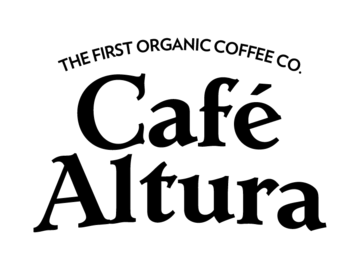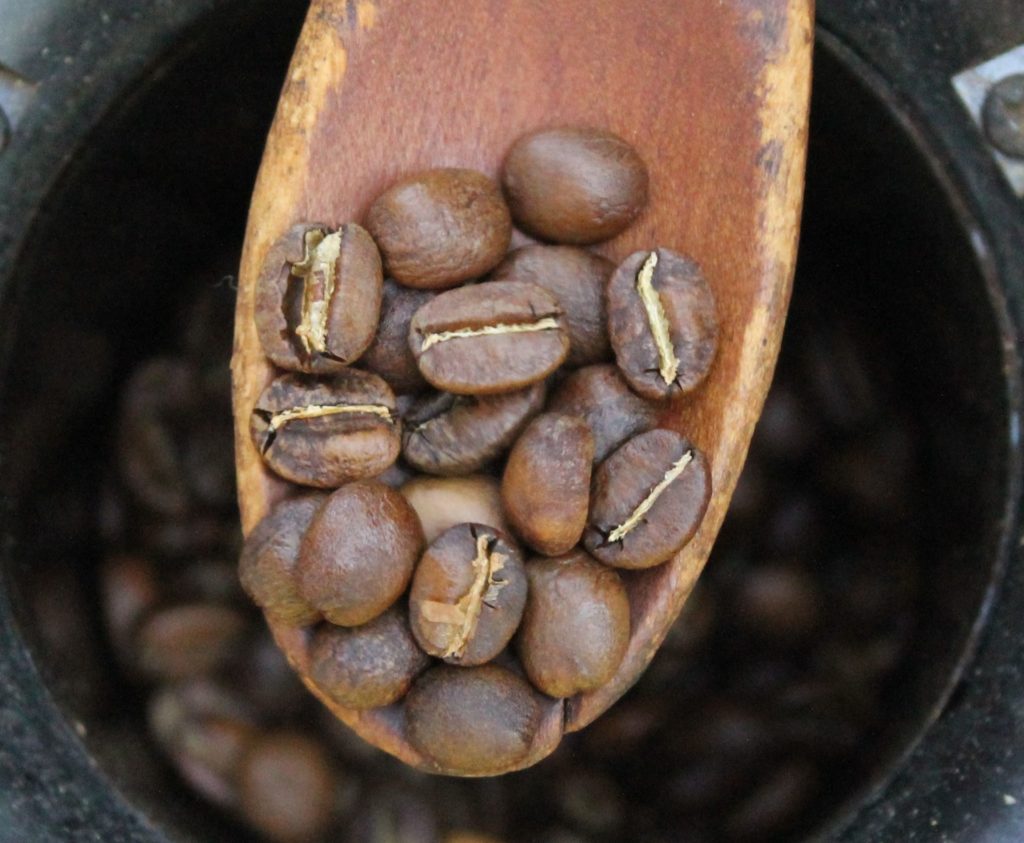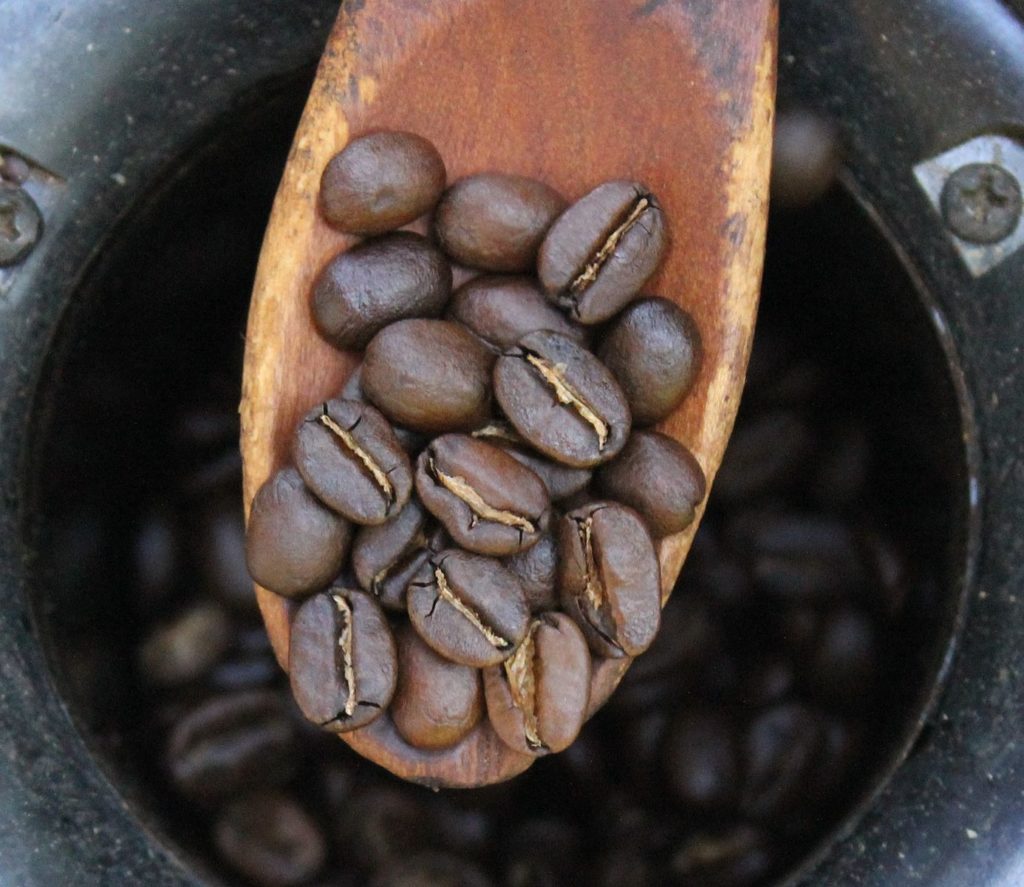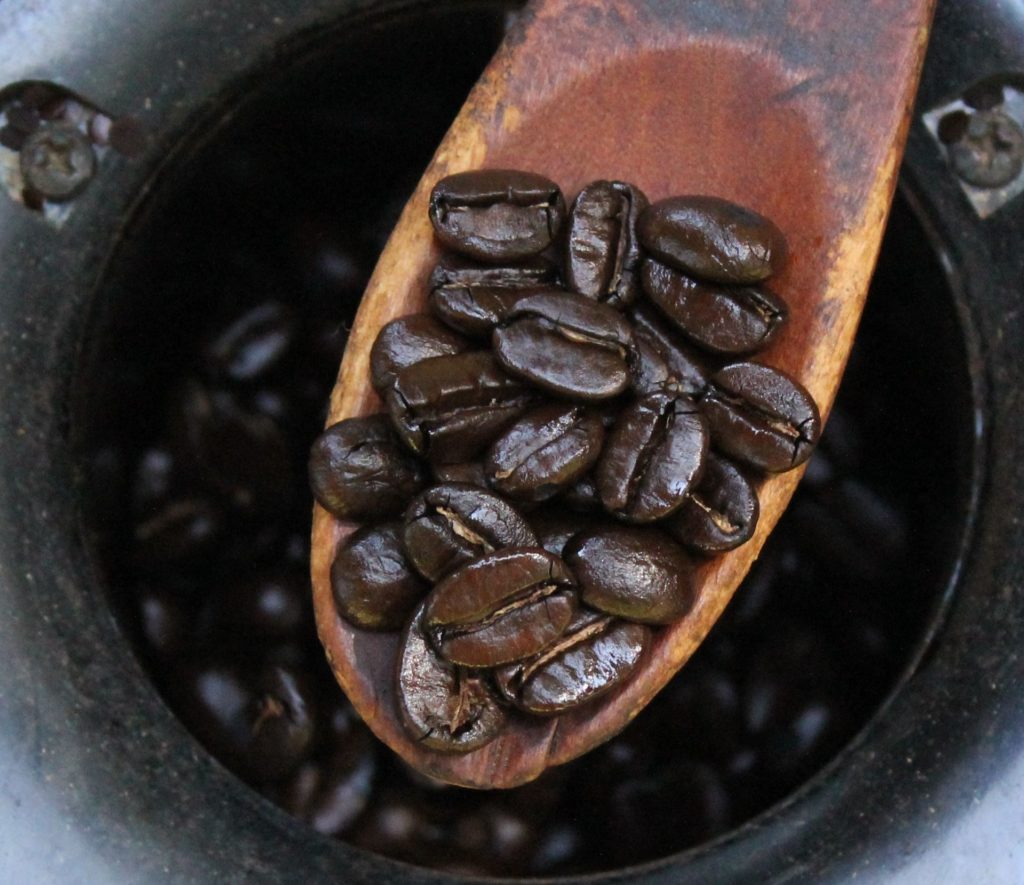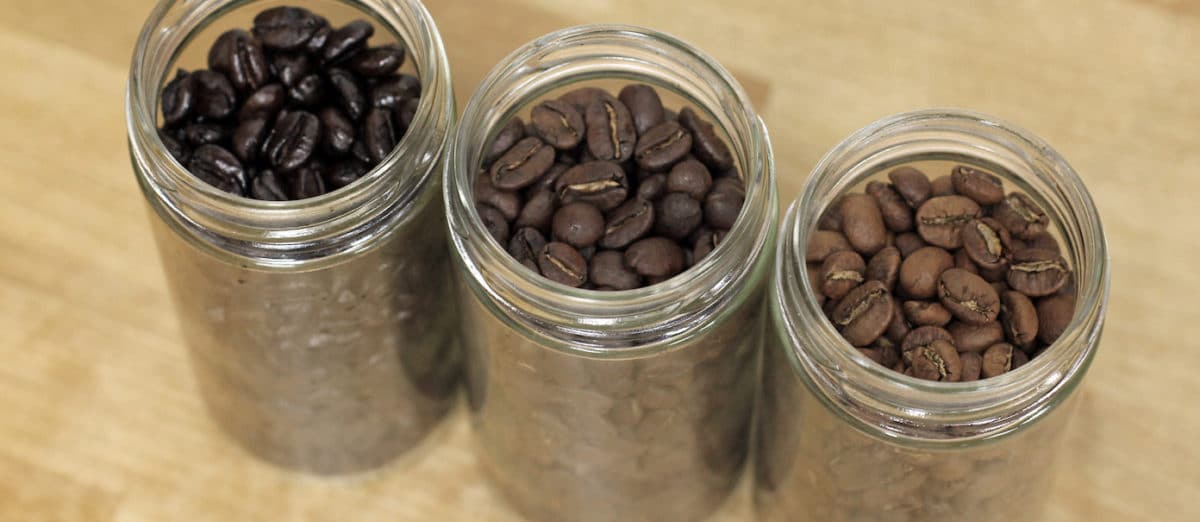
Third Wave Coffee & the Two Waves Before It
Third wave coffee is a term coined in 1999 by Timothy Castle in his writings about the changes of coffee consumption and production from just before the turn of the 19th century to where coffee culture is currently, in the US market. The first and second waves refer to where the coffee is consumed, the first being the home, the second being the workplace. Therefore, part of the third wave label means that coffee is now consumed outside of home or work, at coffee shops around the US.
First Wave Coffee
The first wave came with the invention of a self-emptying coffee roaster in the 1860’s. Brothers John and Charles Arbuckle bought the newly-invented coffee roaster.
Previous to the mass production of coffee, people drank it more sparingly and bought coffee beans from their local small town shop. During the Civil War, the Arbuckles and others started to market and sell paper bags of pre-ground coffee to soldiers and workers out West. Companies such as Maxwell House and Hills Brothers then joined in the coffee boom.
First wave coffee was made at home, usually with a filter device, and a generic, dark roast that was pre-ground.
Second Wave Coffee
The second wave of coffee consumption started with the first specialty coffee shops, such as Peet’s Coffee and Tea in San Francisco in the 1960’s, and then the opening of the first Starbucks in Seattle in 1971. These shops sold basic coffee drinks and turned away from the mass-produced generic ground coffee.
Peet’s originally started by selling only specialty coffee beans, and eventually expanded into all sorts of coffee drinks. Starbucks started in the same manner, with the modern-day shop evolving under the leadership of Howard Schultz in the 1980’s.
Alfred Peet founded his gourmet coffee business after years of experience in Europe, New Zealand, and Indonesia, and after working for another coffee company in California in the 1950’s. His business is considered the start of the shift towards the third wave coffee movement, where consumers became more aware of the many types of coffee and began to treat it as a luxury item, similar to the microbrewery and wine industries.
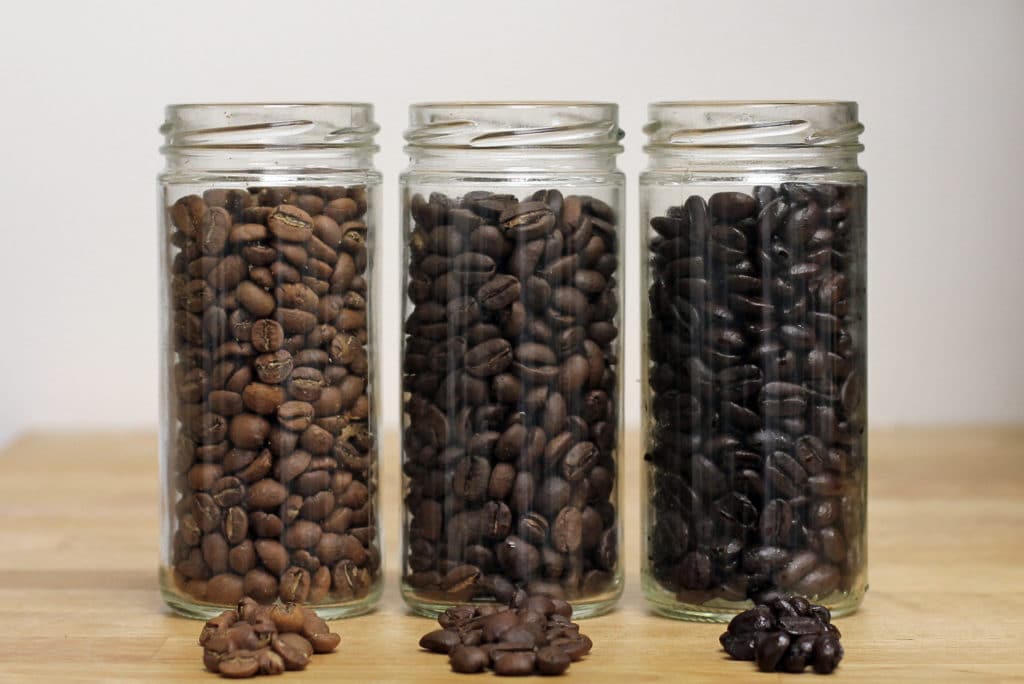
Third Wave Coffee
The third wave of coffee began in the 1970s and really took off by the end of the 1980s. With the increase in international travel and more awareness about European coffee customs, American coffee shops started to offer an increased variety of espresso drinks, such as the now very common latte, cappuccino, espresso, and all their varieties.
Starbucks started to offer specialty espresso beverages in 1987 and expanded into frappuccinos, ice cream, and increased milk and flavor options. With the increase in Starbucks stores all over the US, this caused smaller coffee shops to become more popular. The “Starbucks effect” was due to the fact that customers flock to a new Starbucks and, in so doing, notice the small, independent coffee shop next door.
American coffee shops over the past thirty years have become places to meet, work, network, and socialize. Coffee consumption has become a higher art form with barista competitions and milk-foaming artwork.
The rise of supporting fair trade coffee suppliers and quality over quantity is also a part of the third wave ethos. It has become important to consumers to know where their products are sourced and if the workers are fairly treated. The taste and quality of the bean have also become an integral to the third wave trend.
Some of what Peet’s and Starbucks started has trickled down into the small, independent coffee shops that thrive in many cities. Those who may have supported Starbucks in its infancy are likely to regard it as too corporate now and may support a local shop that roasts its own beans. Most coffee shops outside of Starbucks still use manual espresso machines while Starbucks switched to automatic machines. Purists would say this is a move towards a less flavourful cup of coffee without individuality.
The rise of the coffee shop and artisanal coffee experience is thriving in most American cities. Quality, sourced beans, fair trade practices, and a welcoming, comfortable shop atmosphere are the main characteristics of the third wave trend.
Many local coffee shops become a sort of community center for artists and musicians, similar to how coffeehouses started in Europe in the 1700’s, where people discussed ideas and politics. However, this time around, women are welcome and no one smokes inside; two vast improvements on the old model!
First wave was about traditional coffee, mass-produced, made and consumed at home. Second wave was an introduction to more options than just regular diner-type drip coffee. Third wave is about the customer experience in the coffee shop. With increasing experimentation, luxury, and skill, some experts suggest that we are moving into a fourth wave. However, you enjoy your coffee, get on the right track by starting with great quality beans.
What Makes Your Favorite Cup?
